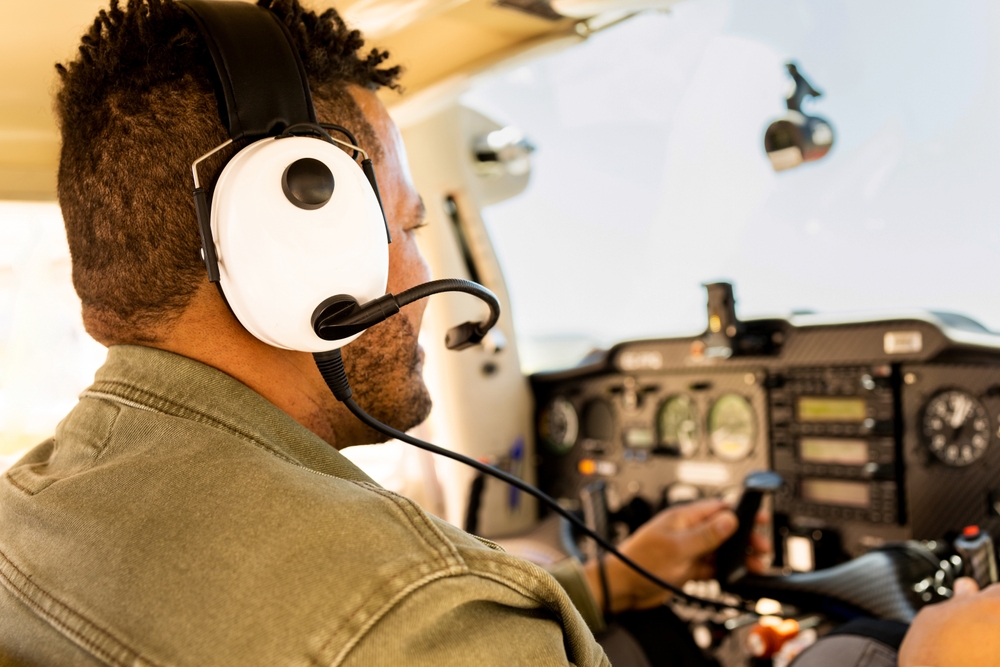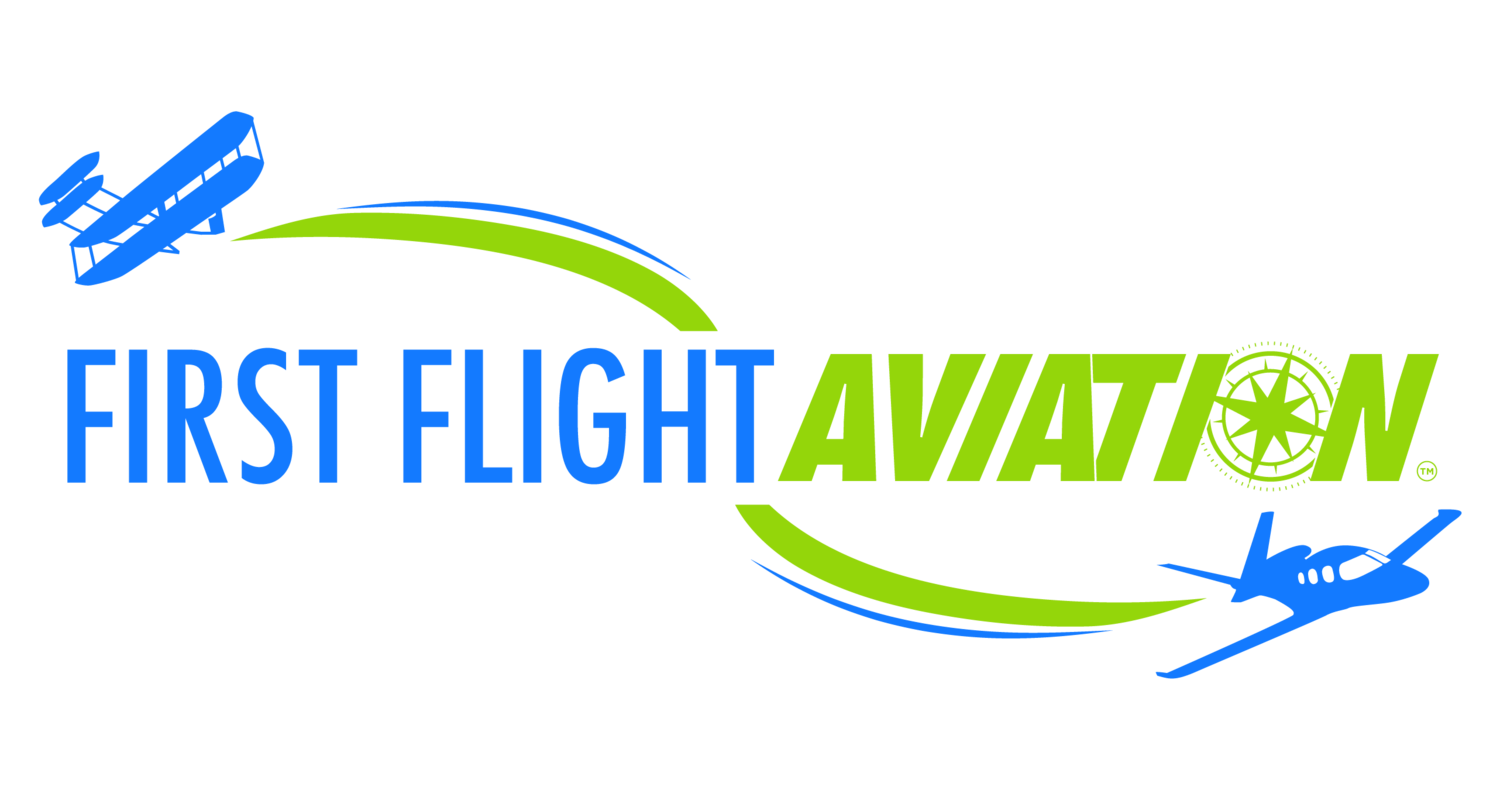
Aircraft rental is a popular option for pilots who want to enjoy the freedom of flying without the financial burden of owning an airplane. Whether you’re a student pilot looking to log hours, a seasoned aviator exploring new destinations, or someone planning a special trip, renting an aircraft can be an efficient and exciting way to take to the skies. However, to ensure a smooth and enjoyable experience, it’s essential to approach aircraft rental with a clear strategy. Here are five essential tips to make the most of your aircraft rental experience.
Understand the Rental Agreement
Know What You’re Signing
One of the most critical steps before renting an aircraft is thoroughly understanding the rental agreement. This document outlines the terms and conditions of the rental, and it’s vital to know your rights and responsibilities as a renter. Pay close attention to the following details:
- Hourly Rates: Understand how rates are calculated. Some agreements charge based on tach time, while others use Hobbs time. Knowing the difference can help you plan your budget effectively.
- Insurance Coverage: Verify what is covered under the rental provider’s insurance and whether you need to secure additional renter’s insurance for liability or hull damage.
- Cancellation Policies: Be aware of any fees associated with late cancellations or no-shows.
- Maintenance and Downtime: Learn about the procedures in case the aircraft becomes unavailable due to maintenance issues.
Clarify Hidden Costs
Many pilots overlook hidden costs such as fuel surcharges, ramp fees, or overnight parking fees. Ask the rental provider upfront about any additional expenses you might incur to avoid surprises later.
Choose the Right Aircraft for Your Needs
Match the Aircraft to Your Mission
Not all airplanes are created equal, and choosing the right one for your mission can significantly enhance your experience. Consider these factors:
- Distance and Payload: If you’re planning a long cross-country flight, a high-performance aircraft with a larger fuel capacity might be ideal. For shorter flights, a lighter trainer like a Cessna 172 could suffice.
- Passenger and Cargo Needs: Ensure the aircraft has enough seating and storage for passengers and luggage.
- Weather and Terrain: If you’re flying in challenging weather conditions or mountainous terrain, you may need an aircraft equipped with advanced avionics and a more powerful engine.
Familiarize Yourself with the Aircraft
Once you’ve selected an aircraft, spend time getting to know its features and limitations. This includes reviewing the Pilot Operating Handbook (POH) and conducting a thorough pre-flight inspection. Understanding the aircraft’s performance characteristics will help you fly more confidently and safely.
Plan Ahead for Your Flight
Conduct Thorough Pre-Flight Planning
Preparation is key to a successful flight. Here are some steps to ensure you’re fully prepared:
- Check Weather Reports: Use reliable sources to get up-to-date weather forecasts and evaluate whether conditions are suitable for your flight.
- File a Flight Plan: Submitting a flight plan not only improves safety but can also expedite search-and-rescue efforts in case of an emergency.
- Review Navigation Tools: Familiarize yourself with GPS systems, charts, and any other navigation aids you’ll be using.
Coordinate with the Rental Provider
Communicate with the rental provider well in advance. Confirm the aircraft’s availability and ensure that any required maintenance or inspections have been completed. If you need specific equipment or accessories, such as headsets or GPS devices, request them ahead of time.
Prioritize Safety and Compliance
Perform a Detailed Pre-Flight Inspection
Before taking off, conduct a meticulous pre-flight inspection of the aircraft. Check for visible signs of wear or damage, verify fluid levels, and ensure all instruments are functioning correctly. Pay special attention to:
- Tires and Brakes: Look for any signs of excessive wear or leaks.
- Control Surfaces: Verify that all hinges and connections are secure and move freely.
- Fuel and Oil: Check fuel levels and quality, and ensure oil levels meet operational requirements.
Stay Within Legal and Operational Limits
Compliance with regulations and operational limits is non-negotiable. Adhere to Federal Aviation Administration (FAA) regulations or your country’s aviation authority guidelines. Key areas to monitor include:
- Weight and Balance: Ensure the aircraft’s weight and center of gravity are within allowable limits.
- Currency and Proficiency: Confirm that your pilot’s license and medical certificate are up-to-date, and brush up on any skills you haven’t practiced recently.
- Airspace Restrictions: Be aware of any temporary flight restrictions (TFRs) or restricted airspace along your route.
Make the Experience Memorable
Explore Scenic Routes and Unique Destinations
Aircraft rental offers the opportunity to explore places that are otherwise difficult to reach. Research scenic routes or remote destinations that align with your interests. Whether it’s a secluded island, a mountain lodge, or a fly-in restaurant, planning a unique adventure can make your flight truly special.
Capture the Moment
Documenting your flight experience can be rewarding. Consider bringing a GoPro or another camera to record your journey. Just ensure the equipment is securely mounted and does not interfere with the operation of the aircraft.
Reflect and Learn
After completing your flight, take time to review what went well and what could be improved. Discussing your experience with a flight instructor or fellow pilots can provide valuable insights and help you grow as a pilot.
Conclusion
Renting an aircraft is a fantastic way to enjoy the freedom and thrill of flying without the responsibilities of ownership. By understanding the rental agreement, choosing the right aircraft, planning thoroughly, prioritizing safety, and making the experience memorable, you can maximize the benefits of aircraft rental. Whether you’re a student pilot or an experienced aviator, these tips will help ensure that your time in the sky is safe, efficient, and unforgettable. Happy flying!
Need a Fixed-Base Operator in Dayton, OH?
Here at First Flight Aviation, we are committed to helping aspiring pilots reach new heights through cutting-edge training tools. Our state-of-the-art flight simulators provide a safe, cost-effective, and realistic environment for mastering essential skills, from navigating complex maneuvers to handling challenging weather scenarios. Whether you’re just starting your aviation journey or preparing for advanced certifications, our simulators offer a structured and immersive learning experience to complement real-world flying lessons. Contact us today to learn how our simulators can accelerate your path to becoming a confident, skilled aviator!
